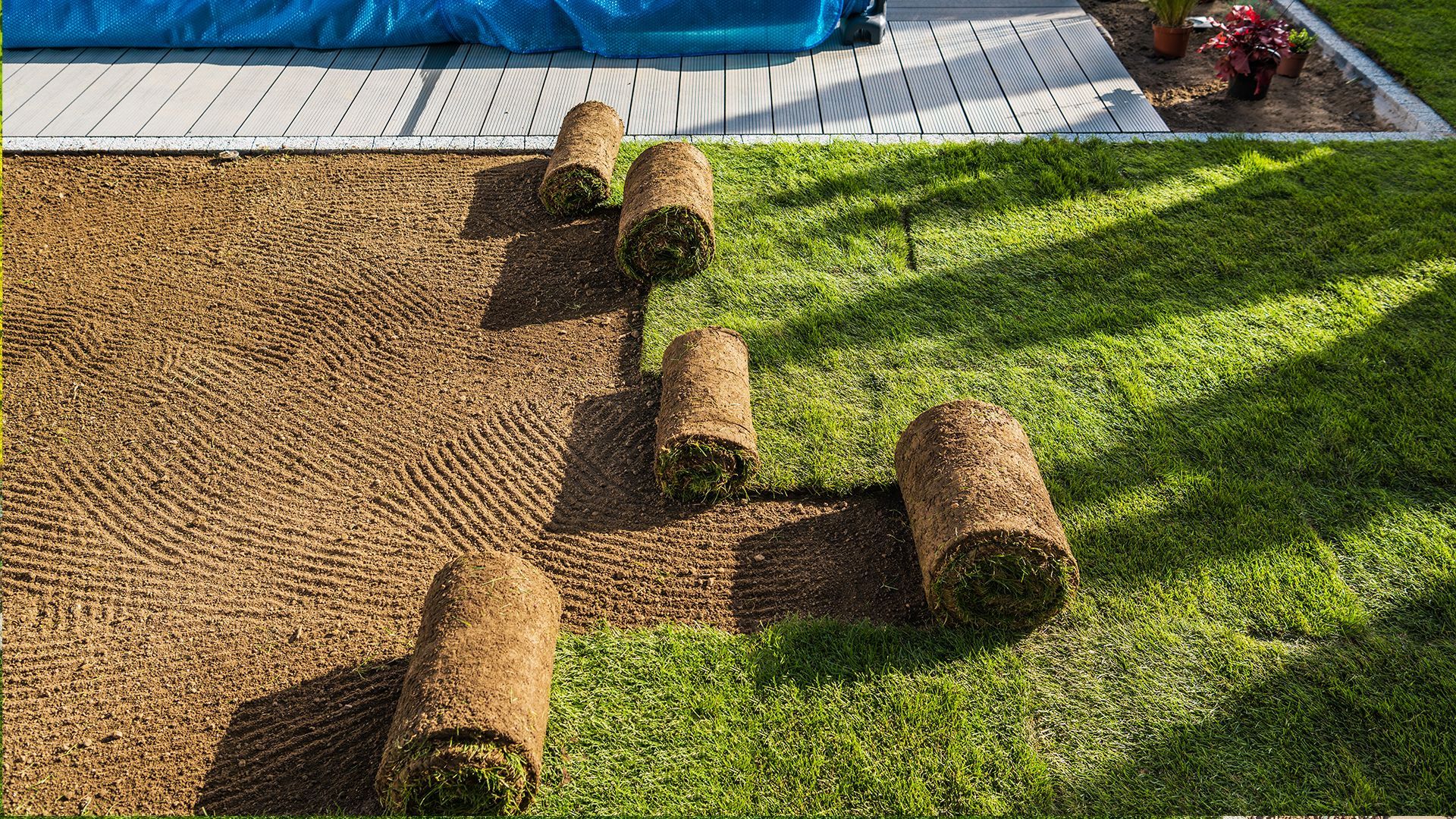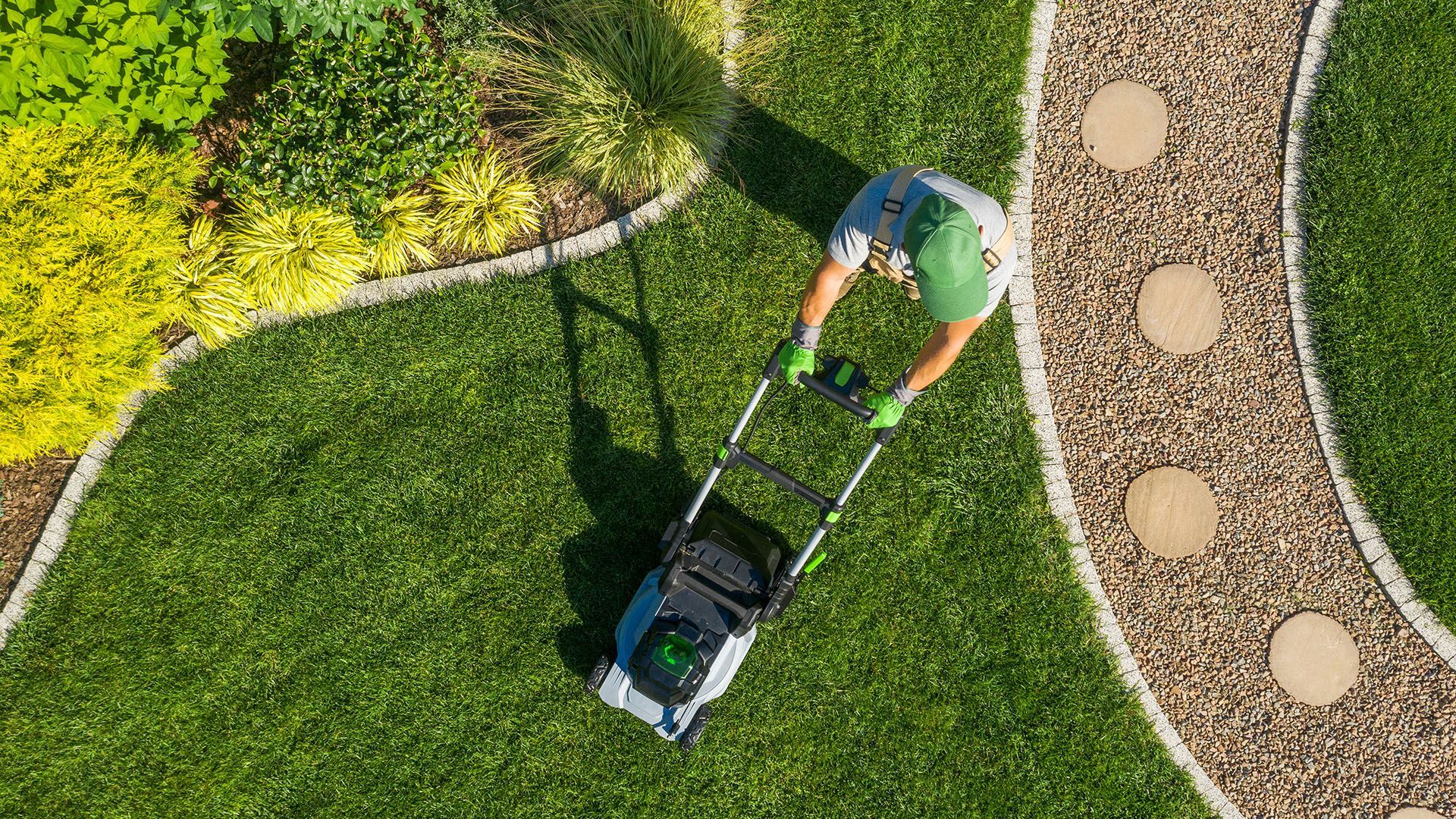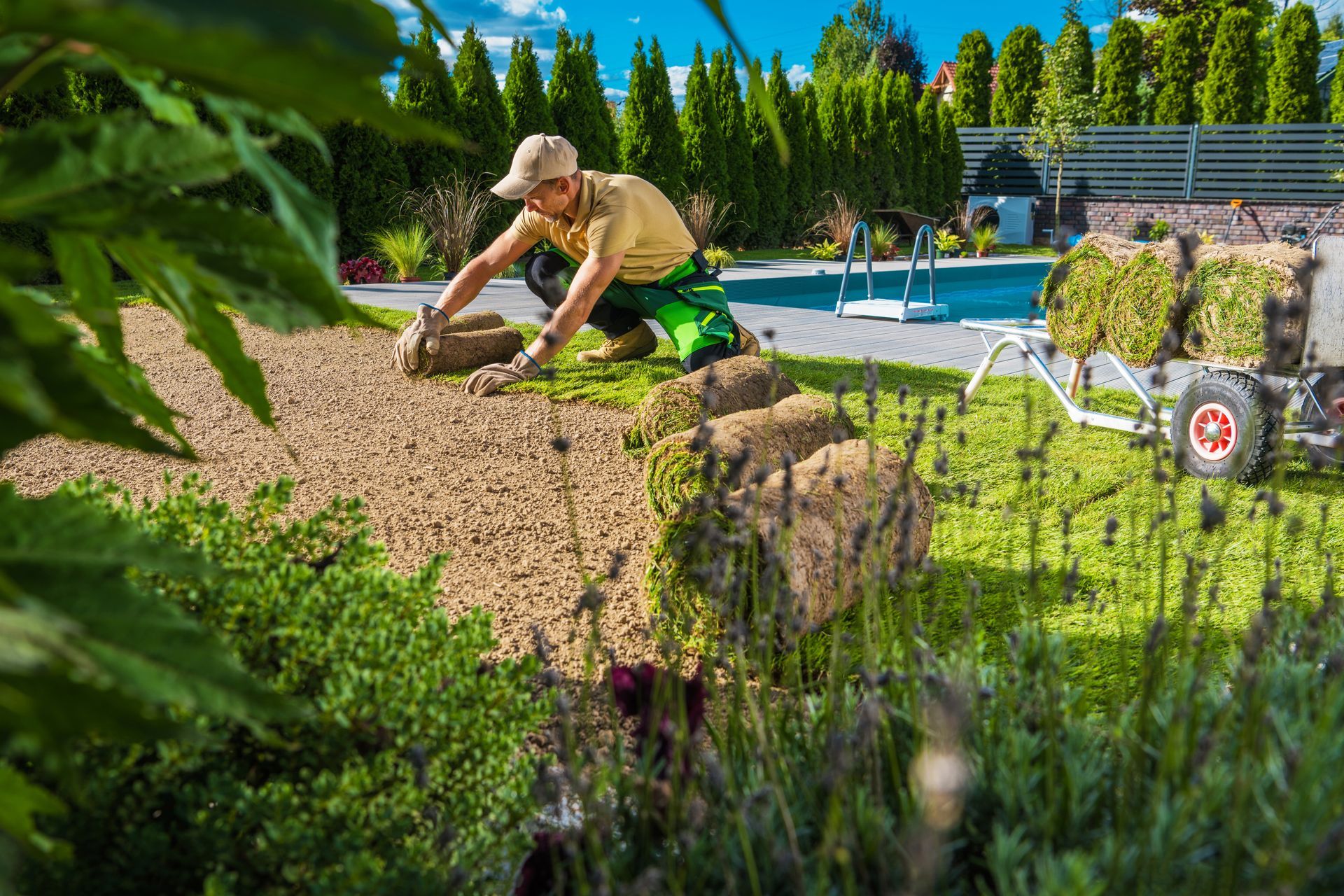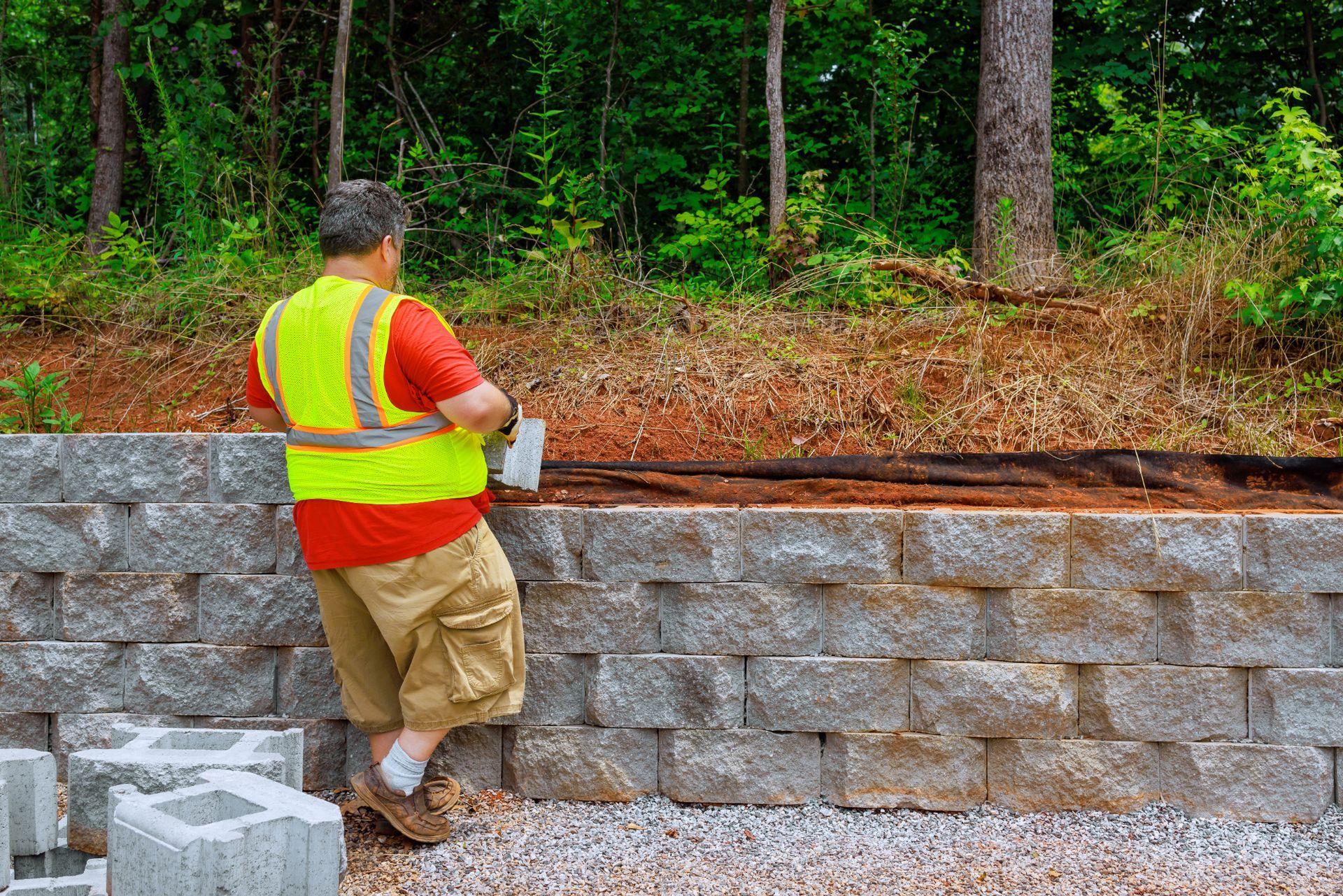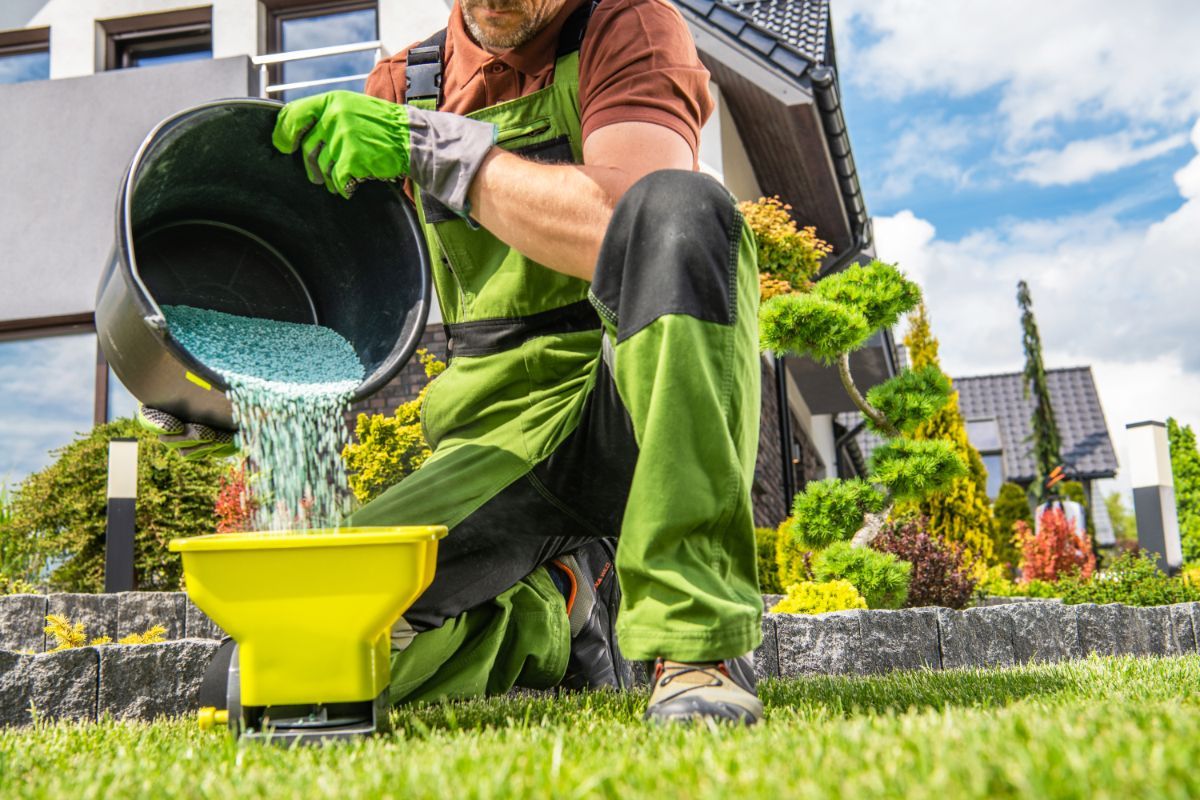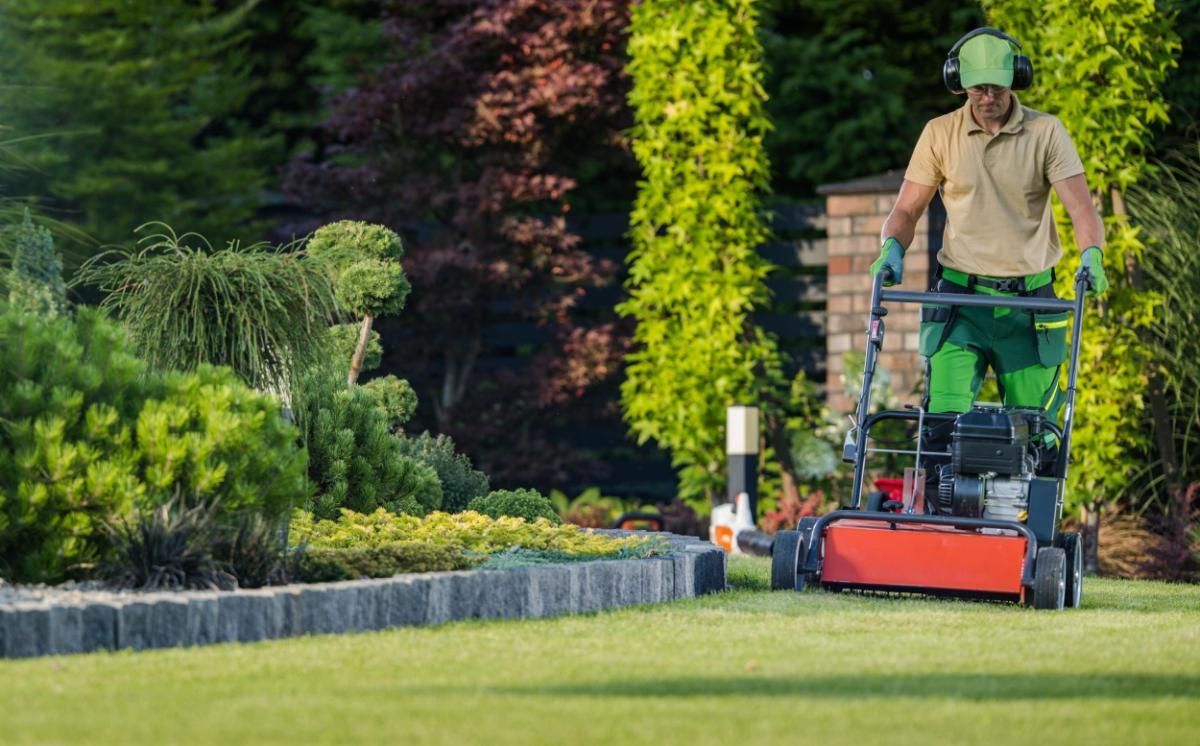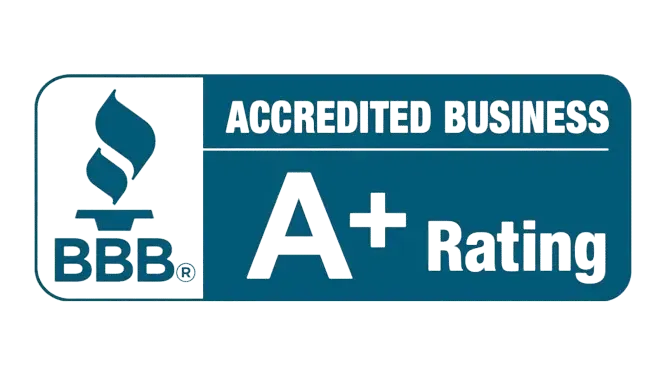Mowing a Wet Lawn: What You Should Know Before You Start
Written by the experts at CC Lawn Pros – With years of professional lawn care experience in all types of weather, we know the risks and best practices of mowing wet grass. Our team is trained to handle even the toughest lawn conditions safely and effectively. We’re sharing this advice to help homeowners protect their lawns and equipment when dealing with damp or rainy conditions.
Why You Might Be Tempted to Mow Wet Grass
Common Scenarios After Rain
Maybe it just rained, and your grass is getting long. You’ve got guests coming, or it’s simply bothering you. It might seem harmless to give it a quick mow.
Scheduling Pressures for Lawn Maintenance
Some people have tight schedules and weekends are the only time they can mow. Even if it’s wet, skipping a mow might make the lawn harder to manage next time.
But before you start, it’s important to understand the risks and how to do it the right way, if you have to do it at all.

Is It Safe to Mow a Wet Lawn?
Risks to Your Lawn’s Health
Mowing wet grass can cause clumping, uneven cuts, and even permanent damage to your lawn. Wet soil is softer and more likely to get compacted, which can stop roots from getting air and water.
Risks to Your Equipment
Wet grass sticks to mower blades and undercarriages, causing clogs. It also makes blades dull faster, and too much moisture can damage your mower's engine over time.
Safety Hazards for the Person Mowing
Slippery grass increases your chances of slipping, especially on slopes. Plus, handling electrical or gas equipment around wet conditions adds another layer of risk.
What Happens When You Mow Wet Grass
Clumping and Uneven Cuts
Wet grass doesn’t lift up the same way dry grass does. This leads to messy, uneven cuts. The clippings also stick together and form clumps that smother healthy grass underneath.
Soil Compaction and Turf Damage
Heavy mower wheels can press into soft, soggy soil. This compacts the ground and weakens the root system, making it harder for your lawn to bounce back. If you notice your soil has become compacted from wet mowing, consider professional drainage and irrigation solutions to improve water flow and soil health.
Clogging and Blade Dulling
Moisture causes grass to stick to blades and the mower deck. This can cause clogging, blade dulling, and even overheating in some machines. Learn more about when to sharpen mower blades to keep your equipment in top condition.
When It’s Okay to Mow a Wet Lawn
Slight Dampness vs. Soaked Lawns
If your lawn is just a little damp (like from morning dew or a very light drizzle), it might be okay to mow carefully. But avoid mowing when the lawn is soaked or squishy under your feet.
Type of Grass and Soil Conditions
Some grass types (like tall fescue) handle wet mowing better. Sandy or well-drained soils are also less likely to compact than clay-heavy soils. Know your lawn before deciding.
Proper Equipment Considerations
Using a mower with strong suction and a sharp blade helps minimize damage. Rear-wheel-drive mowers often handle wet terrain better than front-wheel-drive ones.
How to Mow a Wet Lawn Without Causing Damage
Use a Sharp, Clean Blade
A dull blade tears grass rather than cutting it, which increases stress on the plant. Sharpen your blade regularly, especially if mowing in damp conditions.
Raise the Cutting Height
Cutting your grass a little higher than usual helps avoid scalping and reduces stress on the lawn.
Mow Slowly and in Smaller Sections
Move slowly to avoid slipping and let the mower do the work. Mowing in smaller areas helps you spot clumps and uneven patches more easily.
Clean Your Mower Frequently
Stop often to remove wet clippings from the underside of your mower. This helps prevent clogs and keeps your machine working efficiently.
Pro Tips for Post-Mowing Lawn Care
Remove Grass Clumps
Use a rake or blower to spread out or remove clumps so they don’t smother the grass beneath them.
Aerate if Soil Feels Compacted
If your lawn feels hard or the mower left deep tracks, it might be time to aerate the soil. This opens up airways for roots to breathe.
Monitor Lawn Health Over the Next Few Days
Check for yellowing, mold, or patches where the grass looks stressed. These are signs your lawn might need extra care after being mowed wet. If your lawn shows signs of stress, proper lawn fertilization can help it recover and strengthen.
Alternatives to Mowing Wet Grass
Waiting for Better Conditions
If you can wait a day or two, that’s usually the best choice. Grass dries fast in warm, sunny weather.
Adjusting Your Mowing Schedule
Try to mow before expected rainfall. Keep an eye on the forecast and plan ahead to avoid rushing a mow right after a storm.
Hiring a Lawn Care Professional
Sometimes it's safer and more efficient to call in pros who know how to handle wet conditions with the right tools and techniques. Our professional lawn mowing services take the guesswork out of maintaining your lawn in any weather condition.
Final Thoughts
Mowing wet grass isn’t ideal, but sometimes it’s necessary. If you do have to mow, take your time, use the right equipment, and focus on safety. Your lawn and your mower will thank you.
If you’re unsure or want a professional touch, CC Lawn Pros has the experience and tools to handle your lawn the right way, rain or shine.
Need help with lawn care in tough weather?
Visit our
full list of services or
contact us for a free lawn evaluation.


